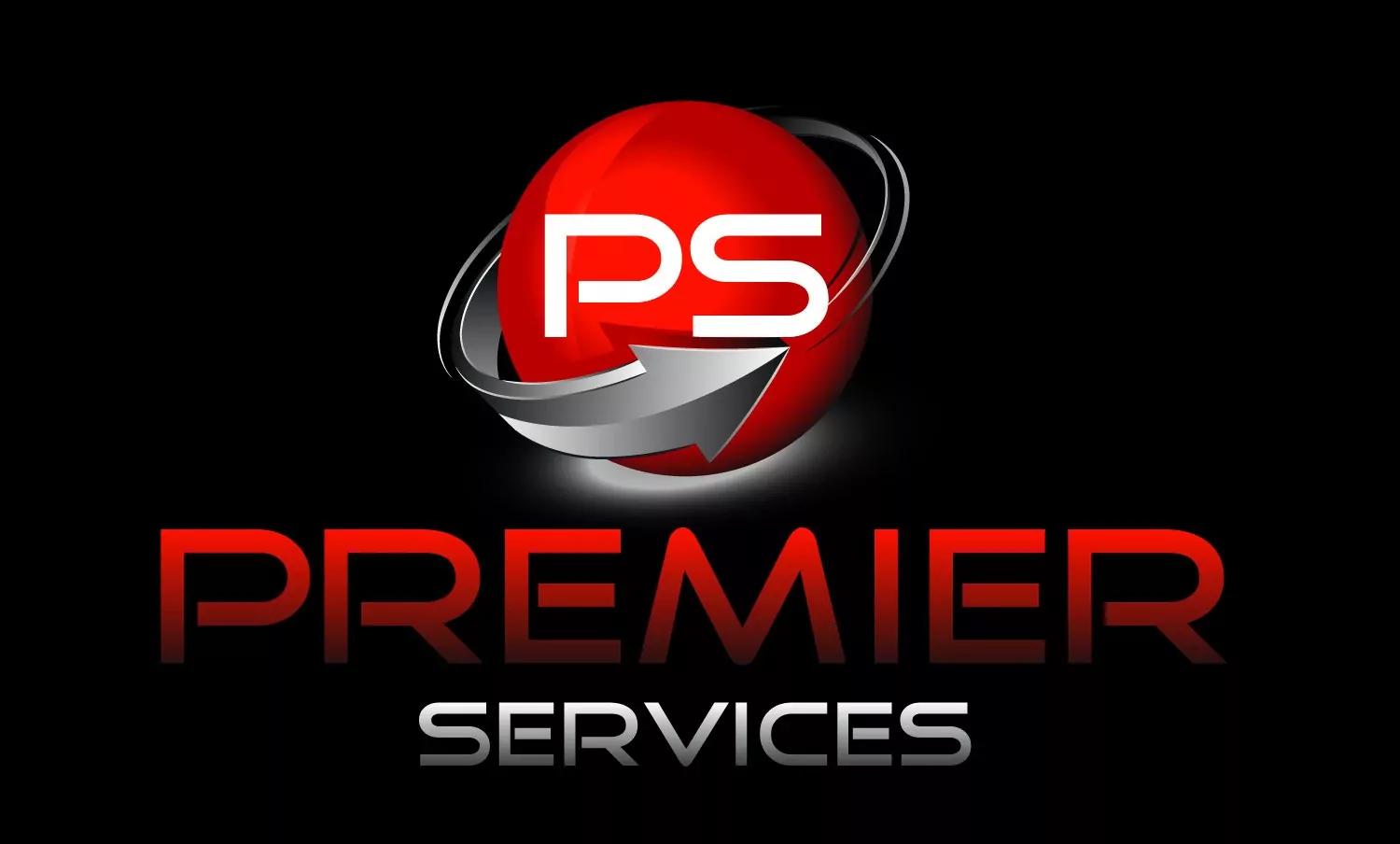Reasons Why Local Schema is Essential for Small Business Success
Boost your small business visibility online with local schema to attract more customers and improve search rankings.

Introduction
Competing in search today means helping Google understand exactly who you are, where you are, and what you offer, and LOCAL SCHEMA is the fastest way to do it. This structured data signals your business details in a language search engines trust, improving clarity and confidence in your listings. When implemented well, LOCAL SCHEMA can power richer results, stronger map signals, and higher intent traffic from nearby customers. It supports your Google Business Profile by reinforcing NAP consistency and service information across your site. For small businesses that depend on calls, directions, and walk-ins, it turns your website into a reliable data source that search engines can reference with precision.
Main Content
How LOCAL SCHEMA Boosts Local Pack and Map Visibility
LOCAL SCHEMA gives Google the structured proof it needs to align your website with your real-world entity, which directly supports local pack rankings. By marking up your name, address, phone, hours, and geo coordinates, you eliminate ambiguity and reduce mismatches across the web. This clarity often translates into improved visibility for branded and non-branded queries, as Google can confidently display accurate details. Many small businesses report gains in direction requests and calls after aligning on-page data with LocalBusiness schema. In crowded categories, that incremental trust can be the difference between appearing in the map pack or being buried below it.
Consider a neighborhood bakery that saw a dip in walk-ins despite a strong review profile; their site listed two phone numbers and inconsistent hours across pages. After implementing LocalBusiness and Bakery-specific schema with a single canonical phone number and precise openingHours, they saw a 17% lift in calls and a 12% bump in map impressions in six weeks. The change did not alter their content, only the structured presentation of it. Search engines could then confidently merge their web data with the Google Business Profile, reducing confusion. That synergy made their listing more eligible for surfacing when people searched for "fresh bread near me" or "bakery open now."
Implementing LOCAL SCHEMA Correctly: Markup, Testing, and Pitfalls
The most reliable approach is JSON-LD using the Schema.org LocalBusiness type, enhanced with a more specific subtype when available. Include essential properties such as name, address, telephone, url, openingHours, priceRange, sameAs, and geo for added precision. Validate your markup with Google's Rich Results Test and monitor Search Console for enhancements and warnings. Cross-check every field against your Google Business Profile to maintain perfect NAP consistency. For official references, review Schema.org's LocalBusiness documentation and Google's structured data guidelines to stay compliant and current.
Common pitfalls with LOCAL SCHEMA can quietly limit your impact, so examine these issues before launch:
Learn more at Schema.org LocalBusiness: https://schema.org/LocalBusiness and Google's local structured data guidance: https://developers.google.com/search/docs/appearance/structured-data/local-business.
Driving Conversions With LOCAL SCHEMA: Reviews, Services, and Events
Once your core details are marked up, extend LOCAL SCHEMA to highlight what makes you different. Add service details, accepted payment methods, areaServed, menu or service catalogs, and special offers to attract high-intent searches. Be careful with review markup and avoid violating Google's policies on self-serving reviews; focus on legitimate third-party reviews and use on-page testimonials for social proof. Enhancing productized services with ItemList or Service markup can improve clarity for complex offerings like dental procedures or HVAC tune-ups. One home services brand added service schema plus openingHours and saw a 22% uptick in click-to-call actions over one quarter.
To prioritize effort, focus on fields that most affect user decisions in the SERP and on your site:
For deeper execution, see our SEO services page at /services, explore our local SEO checklist at /blog/local-seo-checklist, or talk with our team at /contact.
Conclusion
LOCAL SCHEMA turns your website into a trusted data source that strengthens local pack visibility and on-page conversion. By clarifying core details and enriching services, you reduce ambiguity and help the right customers find you at the right time. Pair it with a fully optimized Google Business Profile, consistent citations, and fresh reviews for compounding gains. If you are ready to implement LOCAL SCHEMA without guesswork, call BrightPath Digital at (555) 123-4567 in Austin, TX. Our team can audit, implement, and validate your schema to unlock more calls, direction requests, and revenue.
Meta Title: LOCAL SCHEMA
Meta Description: Implement LOCAL SCHEMA to boost local visibility, trust, and clicks. Learn how smart markup drives nearby customers to your small business.
Frequently Asked Questions
What is LOCAL SCHEMA and why does it matter for small businesses?
LOCAL SCHEMA is a structured data format that describes your business details in a machine-readable way. It helps search engines accurately interpret your name, address, phone, hours, services, and location. With better understanding, Google can align your website with your Google Business Profile and other citations. This alignment often improves your eligibility for local pack and map results. For small businesses, that means more qualified clicks, calls, and visits from nearby customers.
Does LOCAL SCHEMA replace Google Business Profile?
No, LOCAL SCHEMA complements but does not replace your Google Business Profile. Think of your website as the authoritative data source and your profile as the primary listing. When both contain matching, complete information, Google can trust and surface your business more confidently. Keep your profile optimized with categories, attributes, and photos while your site provides the structured data backbone. The combination consistently outperforms relying on either one alone.
How long does it take to see results from LOCAL SCHEMA?
Indexation can be quick, but measurable impact typically appears within 2 to 8 weeks. Timelines vary based on crawl frequency, competition, and the breadth of your markup. Faster results happen when you pair LOCAL SCHEMA with on-page optimization, consistent citations, and active review generation. Monitoring Search Console for enhancements and errors helps maintain momentum. Over time, improvements in map impressions, calls, and directions are common leading indicators.

